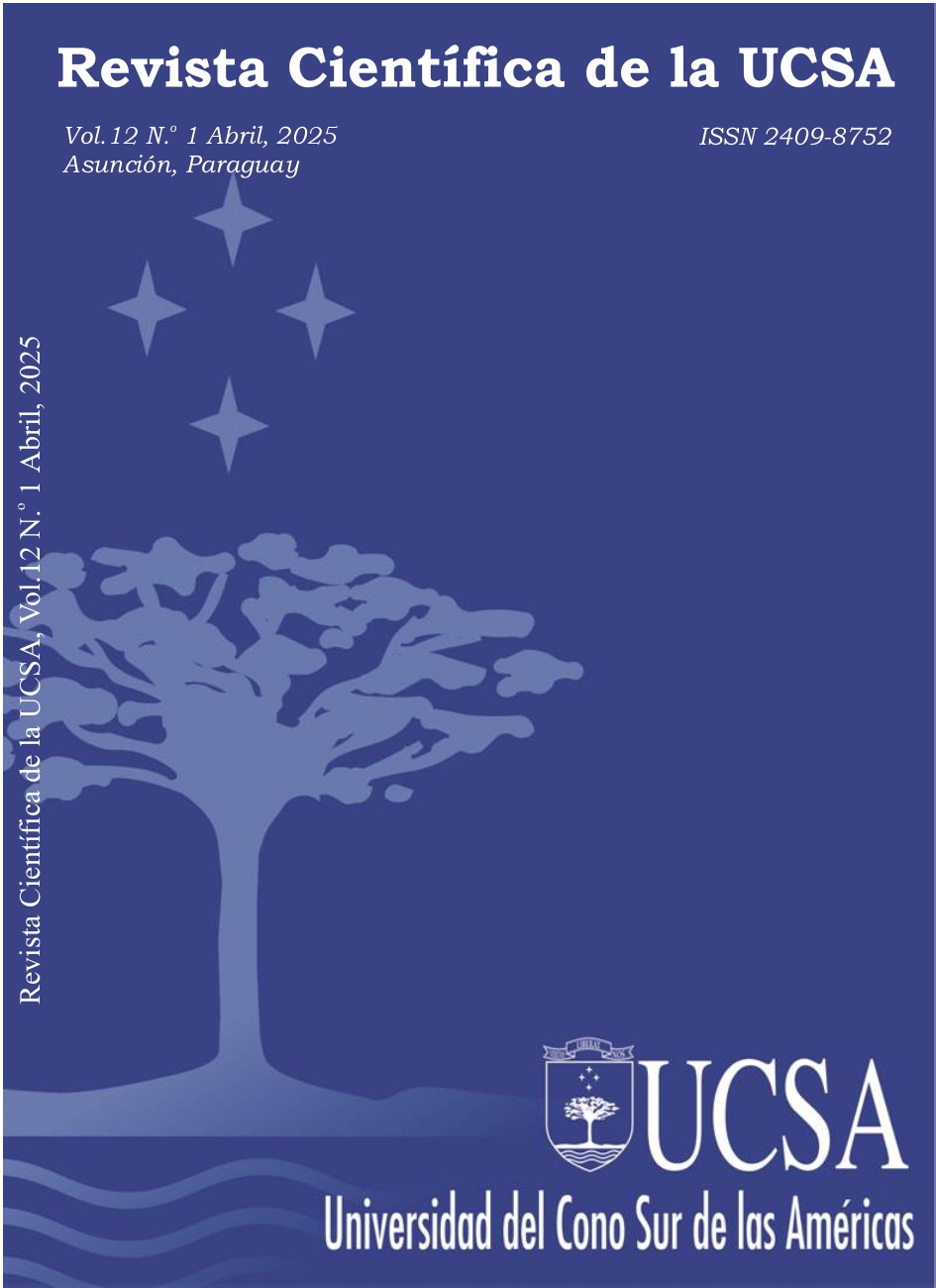Levels and moment of nitrogen application in wheat (Triticum aestivum L.)
DOI:
https://doi.org/10.18004/ucsa/2409-8752/2025.012.01.024Keywords:
Fertilization, management practice, urea, yield, qualityAbstract
Wheat (Triticum aestivum L.) is a crop affected by various factors of both biotic and abiotic origin, among these; the management of nitrogen fertilization stands out; it should be considered that nitrogen is the most important element in determining the yield and quality of wheat, so this practice is considered a very important factor. This study aimed to evaluate the effect of nitrogen application at different levels and in two phenological stages of the crop. Three levels of N-urea were used: 0, 46 and 92 kg ha⁻¹. Fertilization was carried out at two times: at the beginning of tillering and during grain filling. The experiment was designed in randomized complete blocks with a 3 × 2 factorial arrangement (three doses of N-urea and two application times). The variables evaluated were 1,000- grains weight, grain yield and quality parameters: PH, Falling Number, gluten and bran. Both 1,000-grain weight and yield were influenced by the dose and timing of N-urea application, with statistical differences in the ANOVA test for individual effects and interactions. The highest yield, 3,180 kg ha-1, was obtained with the highest fertilizer dose applied at tillering. This treatment exceeded the control where no nitrogen fertilizer was applied by 1,341 kg ha-1. Among the quality parameters evaluated, only PH showed statistical differences due to the dose effect and the dose-time interaction. A high and positive correlation was evident between yield and 1,000-grain weight.
Downloads
References
Abbate, P. E. (2017). Bases ecofisiológicas del manejo del cultivo de trigo en la región pampeana. Manual del cultivo de trigo. Instituto Internacional de Nutrición de Plantas Programa Latinoamérica Cono Sur (IPNI), Acassuso, Buenos Aires, Argentina. Págs, 33-52.
Buenrostro-Rodríguez, J. F., Gámez-Vázquez, A. J., Solís Moya, E., Covarrubias-Prieto, J., Ledesma-Ramírez, L., Mandujano Bueno, A., & Cisneros-López, H. C. (2024). Efecto del nitrógeno sobre rendimiento y calidad de semilla de trigo en el Bajío, México. Revista fitotecnia mexicana, 47(2), 109-114.
Cámara Paraguaya de Exportadores y Comercializadores de Cereales y Oleaginosas [CAPECO]. (2024). Área de Siembra, Producción y Rendimiento. http://capeco.org.py/area-de-siembra-produccion-y-rendimiento/.
Di Rienzo J.A., Casanoves, F., Balzarini, MG., González, L., Tablada, M., Robledo. CW. (2018). Grupo InfoStat, FCA, Universidad Nacional de Córdoba, Argentina. http://www.infostat.com.ar
Golik, S. I. (2022). Trigo: fertilización y rotaciones. Libros de Cátedra.
González-Figueroa, S.S., Vera-Núñez, J.A., Peña-Cabriales, J.J., Báez-Pérez, A. & Grageda-Cabrera, O.A. (2022). Uso eficiente de nitrógeno en aplicaciones fraccionadas de fertilizante marcado con 15N en trigo. Revista fitotecnia mexicana, 45(4), 437-443. Epub 02 de abril de 2024. https://doi.org/10.35196/rfm.2022.4.437
Kohli M. M.; Cubilla L. E. 2007. Primer Seminario Nacional de Trigo: Del Grano al Pan. CAPECO, Asunción, Paraguay. pp 120
López, O. E., González, P.A., Llamas, A.S., Molinas, E.S., Franc, S., García., E.O., Ríos. (1995). Estudio de reconocimiento de suelos, capacidad de uso de la tierra y propuesta de ordenamiento territorial preliminar de la región oriental del Paraguay. http://www.geologiadelparaguay.com/Estudio-de-Reconocimiento-de-SuelosRegi%C3%B3n-Oriental-Paraguay.pdf
Martínez, Juan Manuel, Galantini, Juan Alberto, Landriacini, María Rosa, López, Fernando M, & Duval, Matías E. (2016). Fertilización nitrogenada en trigo de la región subhúmeda: eficiencia del uso del agua y nitrógeno. Ciencia del suelo, 34(1), 81-92. Recuperado en 19 de marzo de 2025, de https://www.scielo.org.ar/scielo.php?script=sci_arttext&pid=S1850-20672016000100008&lng=es&tlng=en .
Moral, L. C., González, A. L., Rasche, J., & Rojas, C. L. 2017. Fertilización nitrogenada aplicada en cobertura en trigo. In II Congreso Paraguayo de Ciencia del Suelo (p. 205).
Olán, M. de la O, Espitia Rangel, E., López Sánchez, H., Villaseñor Mir, H.E, Peña Bautista, RJ., & Herrera Hernández, Juan. (2012). Calidad física de grano de trigos harineros (Triticum aestivum L.) mexicanos de temporal. Revista mexicana de ciencias agrícolas, 3(2), 271-283. Recuperado en 19 de marzo de 2025, de:
http://www.scielo.org.mx/scielo.php?script=sci_arttext&pid=S2007-09342012000200005&lng=es&tlng=es
Oropesa, J. P. (2012). Efecto de la fertilización nitrogenada sobre rendimiento y calidad en trigo y cebada.
Quintana, V., & Scarpello, T. (2022). Efecto de distintos fertilizantes sobre la absoción de nutrientes en trigo.
Val, J., Morales, G., Torres, F. P., Bonete, A. C., Martín, I. C., & Maresma, Á. (2022). La fertilización del trigo: ensayos de larga duración en Andalucía. Tierras: Agricultura, (313), 50-54.
Villafaña Arroyo, T.L., Morales Rosales, Edgar Jesús, Estrada Campuzano, Gaspar, & Martínez Rueda, Carlos Gustavo. (2014). Determinantes ecofisiológicos del rendimiento en tres cultivares de trigo en función y fraccionamiento del nitrógeno. Revista mexicana de ciencias agrícolas, 5(3), 405-419. Recuperado en 29 de enero de 2025, de http://www.scielo.org.mx/scielo.php?script=sci_arttext&pid=S2007-09342014000300006&lng=es&tlng=es .














